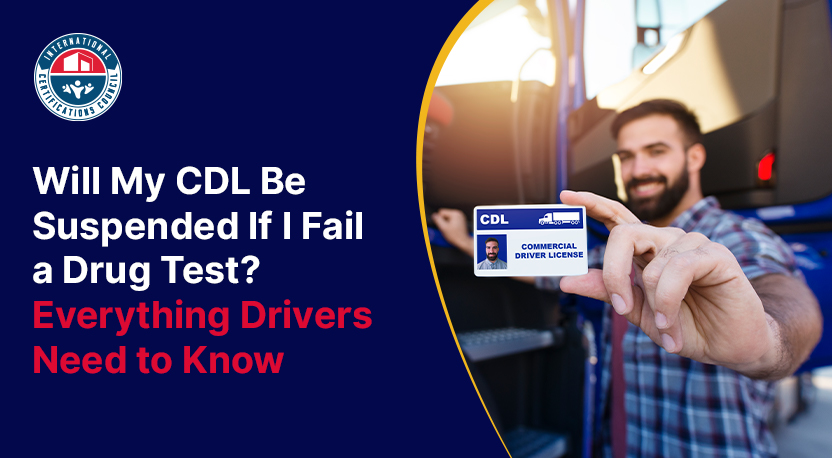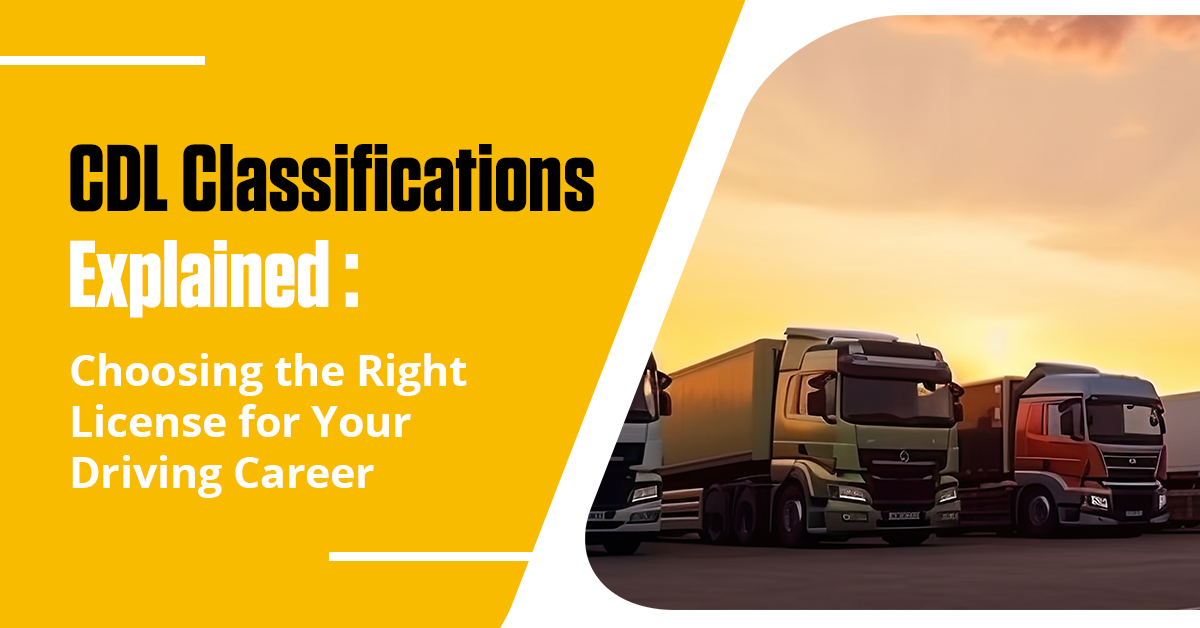If you are trying to secure a high-paying and adventurous job in the US transport sector, the first thing that you will need is Commercial drivers license training. Your CDL is going to enable you to enter this sector. There are several requirements that you have to fulfill including medical, residency, and of course, basic knowledge and skills. The very first step to getting your commercial driver's license is to get the commercial driver's license manual of your state. You will be able to find it in the field locations or you can also download them from their website. Remember, each state across the country will have its own process for issuing a commercial driver's license.
Choosing The Type Of Vehicle
This is a very critical step you must perform before enrolling in a commercial drivers license training program. You must decide the category and type of vehicle that you want to drive when you enter the US transport industry. Primarily, there are 3 classes of commercial driver's licenses that you can choose from. These come with endorsements for specialized qualifications and the vehicles covered are school buses, tractor trailers, tank trucks, and many more. There will be a skills test that you will have to pass which is going to be relevant to the license and endorsement you are considering. In some cases, there will be a written test as well.
Keep in mind that when applying for a specific commercial driver's license and CDL endorsement, you may need to complete entry-level driver training before taking the skills test or written test for hazardous materials endorsement.
Procuring A Commercial Driver's License – 3 Steps To Getting Your CDL
Getting Your Commercial Learner's Permit Which Is The CLP
This is the first step. The commercial learner's permit authorizes you to practice driving on public roads. You will have a qualified CDL holder sitting right next to you. You will have to pass the knowledge test for the type of driving you want to choose. The authorities or their representative is going to make sure that there has been no violation in your driving record for at least the last 10 years in all states of the country and the District of Columbia. You will also have to carry proof with you that your state has accepted to show that you are qualified medically to take up this job.
Sitting Through Your Entry-Level Driver Training Session
Then there is the entry-level commercial drivers license training program/session that you must enroll in. If you are applying for a Class A or B CDL for the first time, you will have to complete this training as per the rules laid down by the authorities. Some states might have additional Commercial Driver's License Training requirements which means they might go beyond the federal training prerequisites.
Getting Your Commercial Driver's License
Ideally, you will be required to keep your commercial learner's permit with you for at least 14 days. All the while, you must make sure that your entry-level driver training gets completed without any interruption. It should take not less than that to make you eligible to take your commercial driver's license skills test. The skills test comprises 3 parts and you must pass all of them.
- Vehicle Inspections Test
- Basic Controls Test
- Road Test
After having passed all the skills tests, you will be required to take the documentation to the counter where it will be processed. Some states may issue your driver's license on the same day while others may take a little more time.
What About Certifications And Record Checking?
As an applicant for a commercial driver's license, you must grasp the various involved processes. The state, for example, is going to perform a quick check of all its databases and the commercial driver's license information system along with the national driver registry to make sure that you as a driver are not disqualified in that state or any other jurisdiction for that matter. They will also ensure that you do not possess any commercial license from any other jurisdiction or more than one jurisdiction. If that happens to be the case, you will have to surrender the license that was issued to you prior to the new license that you have applied for.
Licensed Previously In A Different State?
So let's just say that you were working as a commercial driver in another state or jurisdiction. The state where you have applied for a new license is going to go through your driving record from all the jurisdictions where you were licensed to drive in the past 10 years.
The current licensing state is going to make sure of the following as it takes forward the process of issuing the license and conducting record checks on potential drivers:
- Certify as to what kind of operation you wish to conduct as a commercial driver's license holder
- Remember to obtain the original or a copy of your medical examiner certificate that clearly documents your physical qualification to operate a commercial motor vehicle (they must retain this certificate for at least 3 years)
- You must also post the information collected from the medical examiner certificate to your commercial driver's licensing Information System Driver record within 10 business days.
A Little Overview Of The Knowledge And Skills Test
This should be an eye-opener for those still unsure about the content of the knowledge and skills test. Remember that every state across the country is going to have its own knowledge and skills test. There are a few minimum Federal standards in subparts G and H of 49 CFR Part 383.
Each state maintains its own model driver and examiner manuals. The standard knowledge test in every state typically addresses the 20 general areas outlined in 49 CFR 383.111(a).
The knowledge test usually contains 30 items. If you have applied for a license that enables you to operate a commercial motor vehicle with air brakes, it is essential for you to take a different test that covers the 7 areas outlined in 49 CFR 383.111(b). And finally, if you want to pass your knowledge test and endorsements and get your commercial driver's license without any interruption, you must answer at least 80% of the questions mentioned in the test.


